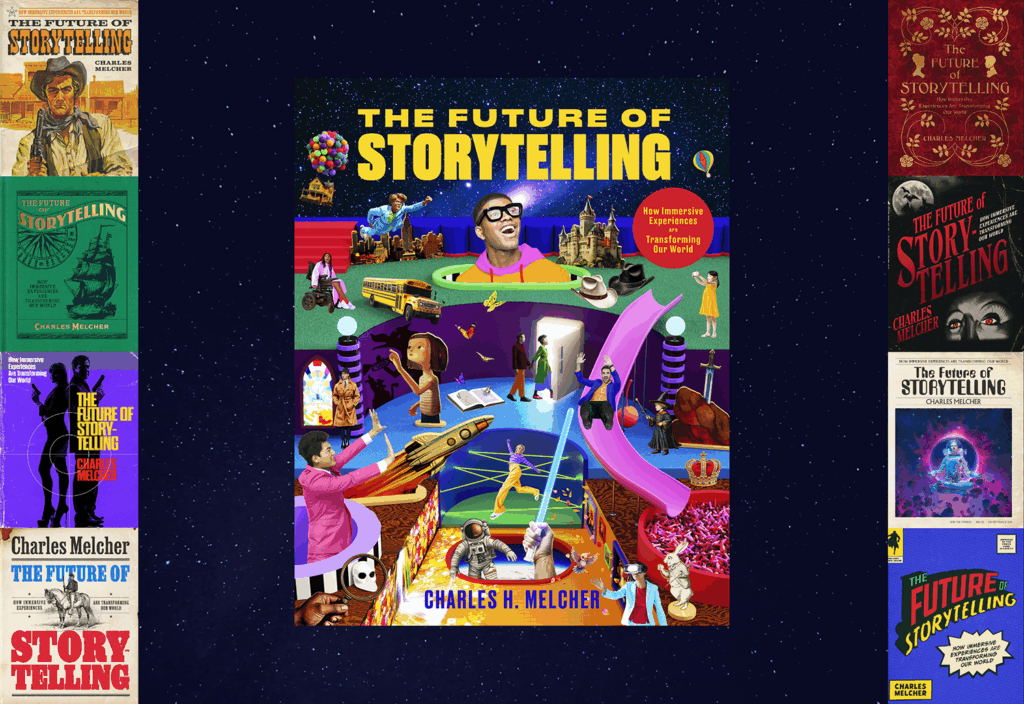Winston Churchill once complained that tapioca lacked theme.
That’s not something one could say about Orange’s Wildfire campaign. If anything, it might have an excess of theme.
Since the campaign uses technology to sell technology, let’s start with the technology being sold to consumers.
Wildfire is Wildfire Communications Inc. Based in Lexington, MA, the company’s specialty is a personal electronic assistant that uses speech recognition technology to manage phone, fax and e-mail communications.
Wildfire’s product is designed for the mobile phone market and allows people to use cell phones through voice recognition instead of keypads. According to the company, it seems that a person using a cell phone with a keypad while driving is 34% more likely to be in an accident than someone who is not using a cell phone or, presumably, not using one with a keypad. In addition, cell or mobile phone users exceeded 64 million in the United States and 80 million in Europe in 1998. The number is expected to grow.
In terms of features, Wildfire can place calls with spoken commands, forward calls, record messages, forward faxes, access e-mail, juggle more than one call at a time and save as many as 150 names with up to six numbers per name.
Orange is The Orange Group, which consists of Orange in the United Kingdom and Hutchinson Paging and Cellular Services in France and Germany, as well as the United Kingdom. Orange describes itself as a “digital mobile network with a pioneering vision of a wire-free future where customers will not be constrained by time, place or price.”
The company believes its “addressable” audience exceeds 230 million people in Europe and that by 2008, 90% of contemporary “mainstream communications” will be over one wire-free network or another.
Orange wants to offer Wildfire’s features to U.K. consumers. To do this, it has taken the basic direct mail package and given it a technological twist.
The most interesting package comes in a foil envelope, which looks very sci-fi with its teaser, “The future is here,” in black and orange sans serif typeface. Inside the package is a silver-colored CD box with “listen” printed on the cover in orange.
Open the box and you will listen. It talks.
It has a female voice and an Oxbridge/Auntie Beeb accent. It says, “Hello. I’m Wildfire. Brought to you by Orange.” After a four-phrase summary of what Wildfire does, the voice instructs you to play the CD in your computer or CD player to learn more.
Frankly, I thought I had stumbled into an episode of “The Avengers.”
The CD track runs slightly over five minutes. A John Cleese-voiced narrator explains and demonstrates Wildfire’s features. Although not meant to be humorous, in places the track came dangerously close to sounding like an obscure “Monty Python” skit. Having the narrator refer continually to Wildfire as “she” alone is a giggle.
Of course, why a virtual secretary has to be recognizably female is something to amuse the feminist contingent.
Interested Orange phone-service customers can either call 435 on their Orange phone or log onto Orange’s Web site. The pitch includes waiving a connection charge for customers who sign up before a certain date. The initial mailing went to 250,000 of Orange’s existing clients who are single-handset consumer or business customers. Four variations of the piece were mailed: a CD with no sound, a six-page brochure and no CD, a CD with a sound device, and a sound device with the word “listen” on the front.
Response to the latter two versions is so far 100% better than to the first two. While it is too early to figure a reliable conversion rate, the company claims to be signing customers on by the hundreds.
However, an unconfirmed report listed something like a 40% response and a 10% conversion rate.
What’s clever – perhaps too clever – about this campaign is that it uses sound to sell sound.
Just as Wildfire would be “talking” to you and you would be talking to Wildfire to use the service, the direct mail piece “talks” to you and the CD “talks” you through the features. It’s as close to a free sample as such a service can provide without going for a one-month free trial offer.
But it presumes the possession of certain technology – a CD player or a computer that can read CDs – and comfort with that technology, which is admittedly more a question with computers than with CD players. It’s easy to see – or hear – why the piece would be a big hit with British technofreaks.
On the other hand, some poor bloke receiving the package at work is going to have to do a lot of explaining to his office mates when the tea trolley comes around. Talking boxes and playing CDs don’t exactly allow you to be pitched to quietly in the privacy of your own cubicle.
Having to overhear this piece would likely be as intrusive as having to listen to someone talk over a cell phone, even if it’s an Orange one enabled with Wildfire. It’s not a very good idea to be reminded of the negative reactions of a technology when that technology is being pitched.
Those misgivings aside, the piece has a high level of invention. The copy keeps the explanation simple without ever insulting your intelligence. And to judge from the official and unofficial response rates, Wildfire has legs.



